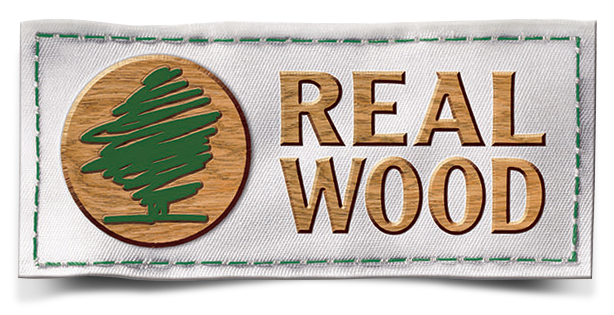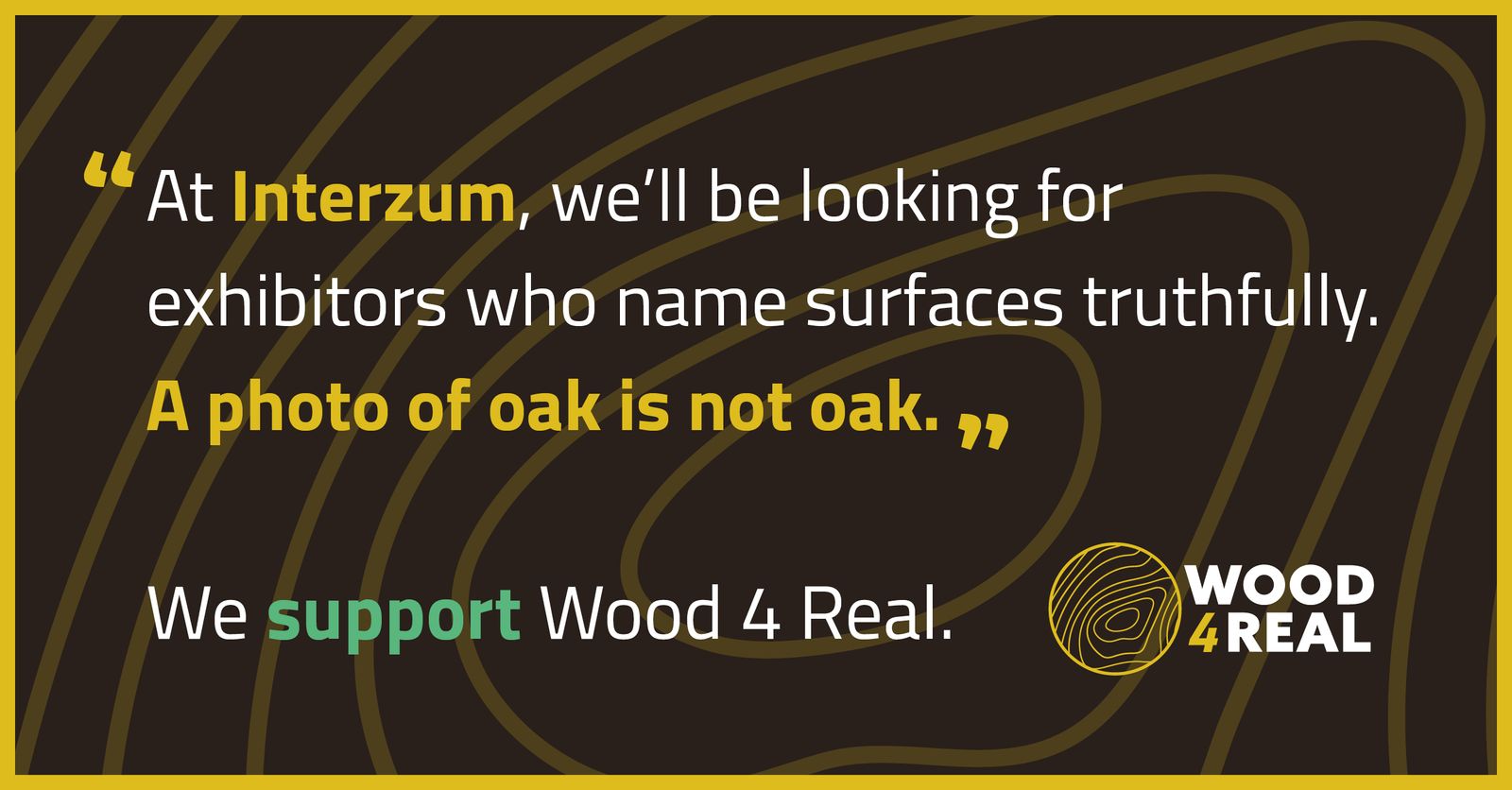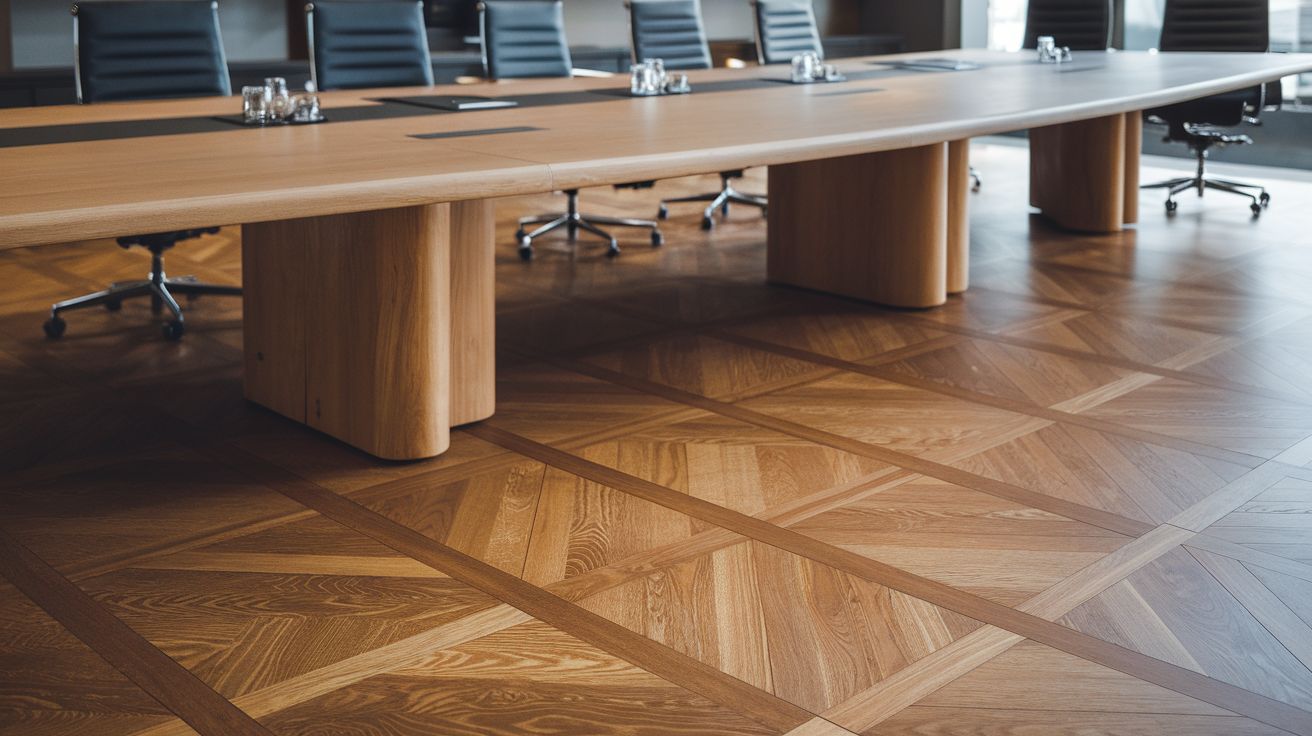What is parquet?
Parquet is a wood product especially manufactured for flooring purposes. FEP has made substantial efforts in the past to obtain the establishment of a European Norm clearly specifying that a wood flooring product can only be called “parquet” if its real wood top layer is at least 2.5mm in thickness. This endeavour allowed securing and safeguarding the quality image of parquet versus other flooring alternatives on the market, as well as versus panoply of imitations.
The different types
There are two main types of real wood flooring: multilayer and solid wood floorings. These differ from each other through their construction.
Multi-layer wood
Multi-layer or “engineered” wood floors comprise either two or three layers of wood, which are laid at right angles. The top layer is hardwood and the layers below are also wood-based products, for example, high-density fibreboard and pine.
According the thickness of the real wood wear layer a distinction is made between:
- Parquet > 2.5 mm
- Wood floorings < 2.5 mm
- Veneer floorings < 0.7 mm
These floors are available in a wide range of formats and thicknesses, which offer a low-cost real wood alternative to laminate.
Solid wood
Solid wood floors are made up of one solid plank of wood, which is removed as a block right from the tree. They are then processed into flooring planks with tongue and grooves edges and are either pre-finished or finished on site.
According to the standards a distinction is made between mosaic parquet (8 mm), lamparquet (6 - 13 mm) and solid parquet (> 13 mm).
The different patterns
One strip
Available in narrow and wide formats, one-strip floors are sawn from one log giving a plank-like effect. Knotty timbers with lively grains give a rustic look, whilst clean-grained timbers are often used in more contemporary settings. One-strip floors are often considered to be the exclusive flooring option.
Two or three strips
The surfaces of these floors are divided equally into uniform width slats or staves, like bricks in a wall. Two-strip floors are two slats wide and three-strip floors are divided into three slats. The pattern runs in the same direction throughout the floor. This design is used in modern and traditional interiors alike and works particularly well in smaller rooms, creating an illusion of space.
Design/Patterned
Available as standard boards with a patterned surface or as short, two-layer “strips”, similar to traditional parquet. Standard boards come in a variety of patterns, including herringbone, basket weave and ship decks design, and are laid floating. Meanwhile, two-layer strips, which are glued to the subfloor, can be used to create similar patterns, borders or unique designs in a combination of different colors.
What about laminate?
Laminate floors are made from fibers, which are pressed together, and the “wood effect” surface is a printed image with a wear resistant finishing top layer. Laminate floors are not made of real wood and they don't have a real wood surface layer. Laminates and wood-effect floors, though often radiating a “wood look”, should not be confused with real wood floors.










